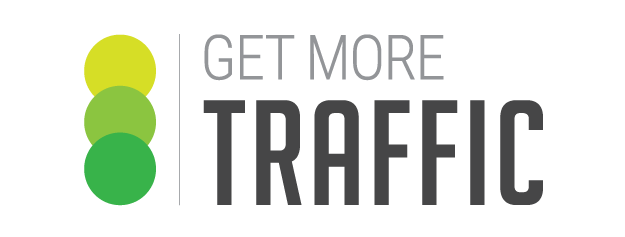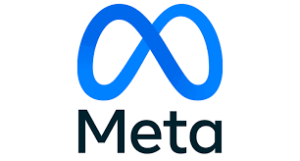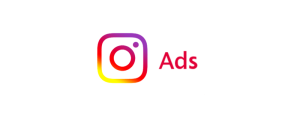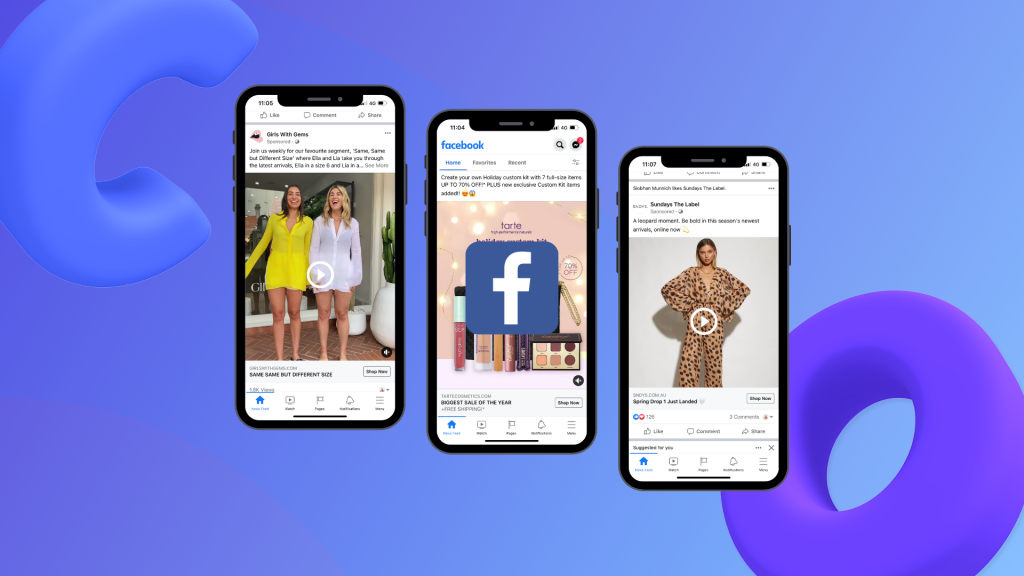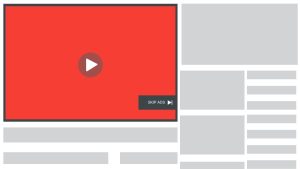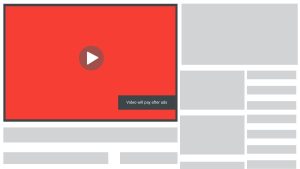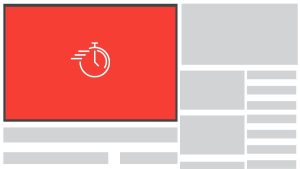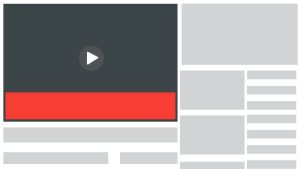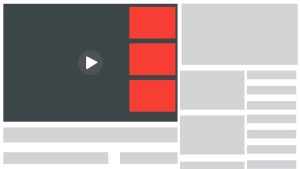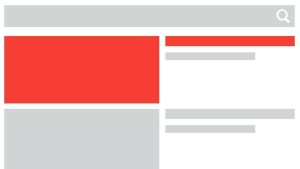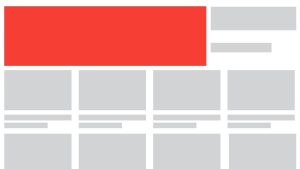How to Increase Open Rates & Read on Your Email Newsletter
With the rise in social media usage as well as the number of social media platforms, people often ask, “Is email still relevant?” The answer is, “Of course!”
In fact, 75% of marketers said that email marketing has an excellent or good return on investment. At the same time, email is able to reach 85% of the people they’re sent to with open rates of 22.86% and click-through rates of 3.71 percent.
Email remains one of the most relevant and effective means of marketing to date. The question is, how does one make their emails compelling enough to open, read, and click-through? Well, we’ve compiled a few of the best tips that we have on how you can increase your email open rates and conversions. So let’s get started.
1. Write Compelling Subject Lines
A good subject line both informs and engages readers. It’s got to be compelling enough for a user to click, and at the same time relevant enough for them to keep on opening your emails.
Inboxes on a desktop or laptop generally show up to 60 characters, whereas on mobile phones you usually get around 25-30 characters. So keep it short and to the point. Focus on the value of your emails and how they might help your subscribers.
Some basic themes you can build your subject lines around include:
- Highlight pain points: Are you tired of low email open rates?
- Leverage the fear of missing out: [URGENT] Get it now before it’s gone!
- Retargeting customers: An item in your cart is now 30% off!
- Get straight to the point: [Company Name] Sales & Marketing Newsletter
- Make it personal: “Are you coming?” for webinars, or “Quick question” for quick surveys
2. Create useful and memorable content
Now that you’ve gotten subscribers to open your email, your next challenge is to make the content compelling enough that they’re going to want to keep opening future emails from you. This is where drafting relevant and memorable content comes into play.
Your subscribers opted into your email list for a reason. Whether they’re in it to be entertained by a story, informed by your progress on a project, or updated on the latest news and trends, you have an obligation to deliver what it is they expect to hear from you.
Not sure what it is your subscribers are interested in? You can always ask them! This is the perfect chance to use that “Quick question…” subject line to get their attention and get them engaged. The more users engage with your emails, the less likely it is that they end up in the spam folder.
Don’t be afraid to test out different types of content to see what works and what doesn’t. And when someone does unsubscribe to your email list, take the opportunity to ask them why. Were they receiving too many emails? Was your content not what they expected? Did they just lose interest in the topic or industry? The more information you can gather, the better.
3. Keep it Simple
Many digital marketing experts have put forward that plain text emails work best for them. However, many have also claimed that emails with images are also effective, as the images help break up blocks of text.
Whether you decide to include images in your emails, however, the important thing to remember is to not overcomplicate your newsletter format. Refrain from writing long-winded emails and updates. People’s inboxes are often full of messages, and so you don’t want your email to be included in the clutter.
Keep it simple and straight to the point and you’re more likely to retain your subscribers’ attentions.
4. Resend Unopened Emails
Some marketers avoid resending an email that already went out. But the reality is that a lot of people’s inboxes often flag emails and send them to the spam folder or to secondary inboxes and tabs like the “Promotions” tab on Gmail.
If the email is an important one, or one that could have a valuable impact on your business, don’t be shy to resend them to those that didn’t open the first one. More often than not, you’ll increase your overall open rates and engage those that weren’t able to read or receive your email the first time around.
5. Segment Your Email List
If you’re an online business, you’ll most likely be getting new leads, clients, or subscribers every week. It’s important for you to distinguish and separate those in your audience who are new subscribers versus those who are already customers or long-time fans and followers.
Emails that go out to existing customers should be different from emails that go out to new subscribers who have yet to purchase your products or avail of your services. Separating the two makes sure that each group receives emails that are relevant to them. The more relevant they find your emails, the more likely they are to open, read, and click through.
6. Find the optimal time to email your subscribers
Many email automation platforms and software, like Mailchimp, have tools that can help you determine the best time to send an email. In fact, Mailchimp even says that Monday to Thursdays have pretty much the same open rates, whereas Fridays usually have a larger drop off in open rates.
The recommended optimal time is also said to be around 10:00 A.M. of your respective time zones, after which open rates begin to gradually decrease throughout the day. So find a time and day that works best for you.
Finally, always be testing. The more data you can gather on what works and what doesn’t, the better the analysis, and the more capable you’ll be in improving your open rates and click-throughs. Email may be one of the oldest marketing tools available, but it remains one of the best and most effective means of communicating with your customers, clients, and followers.
